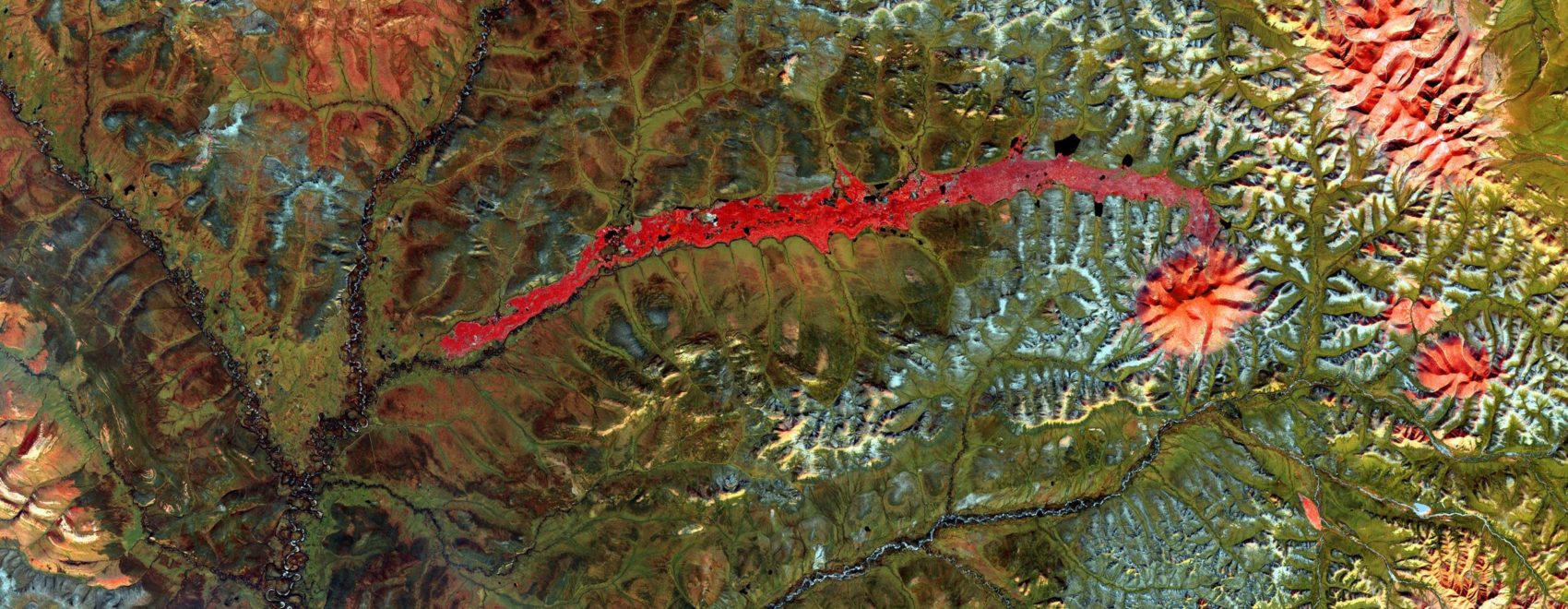Abstract: Wildfire increases the probability of debris flows posing hazardous conditions where values‐at‐risk exist downstream of burned areas. Conditions and processes leading to postfire debris flows usually follow a general sequence defined here as the postfire debris flow hazard cascade: biophysical setting, fire processes, fire effects, rainfall, debris flow, and values‐at‐risk. Prediction of postfire debris flow hazards is a problem of identifying and understanding the spatial and temporal interactions within this cascade. Models exist that can predict each or several components of the cascade but no single model or prediction approach exists with capacity to link the entire sequence. Assessment of the uncertainty inherent with each of these approaches is limited and compounds if these predictive approaches are integrated or otherwise linked. We summarize present knowledge of the processes involved in this postfire debris flow hazard cascade and identify uncertainties in terms of knowledge gaps, contradictions in current process understanding, stochastic system variables, and limits to data to support hazard prediction. Understanding these uncertainties can improve delineation of areas threatened by postfire debris flows, can guide future research, and, when addressed, contribute to development of comprehensive and robust modeling and prediction systems that may ultimately reduce threats to values‐at‐risk
Natural Hazard Uncertainty Assessment: Modeling and Decision Support, Geophysical Monograph 223, First Edition. Edited by Karin Riley, Peter Webley, and Matthew Thompson. © 2017 American Geophysical Union. Published 2017 by John Wiley & Sons, Inc

